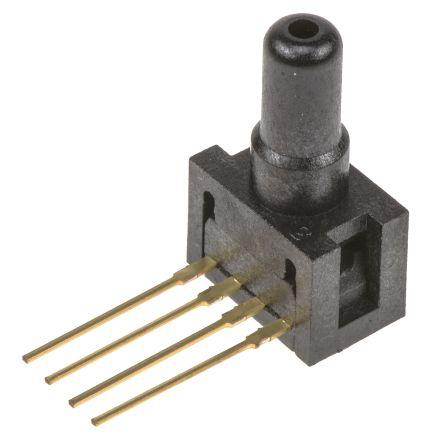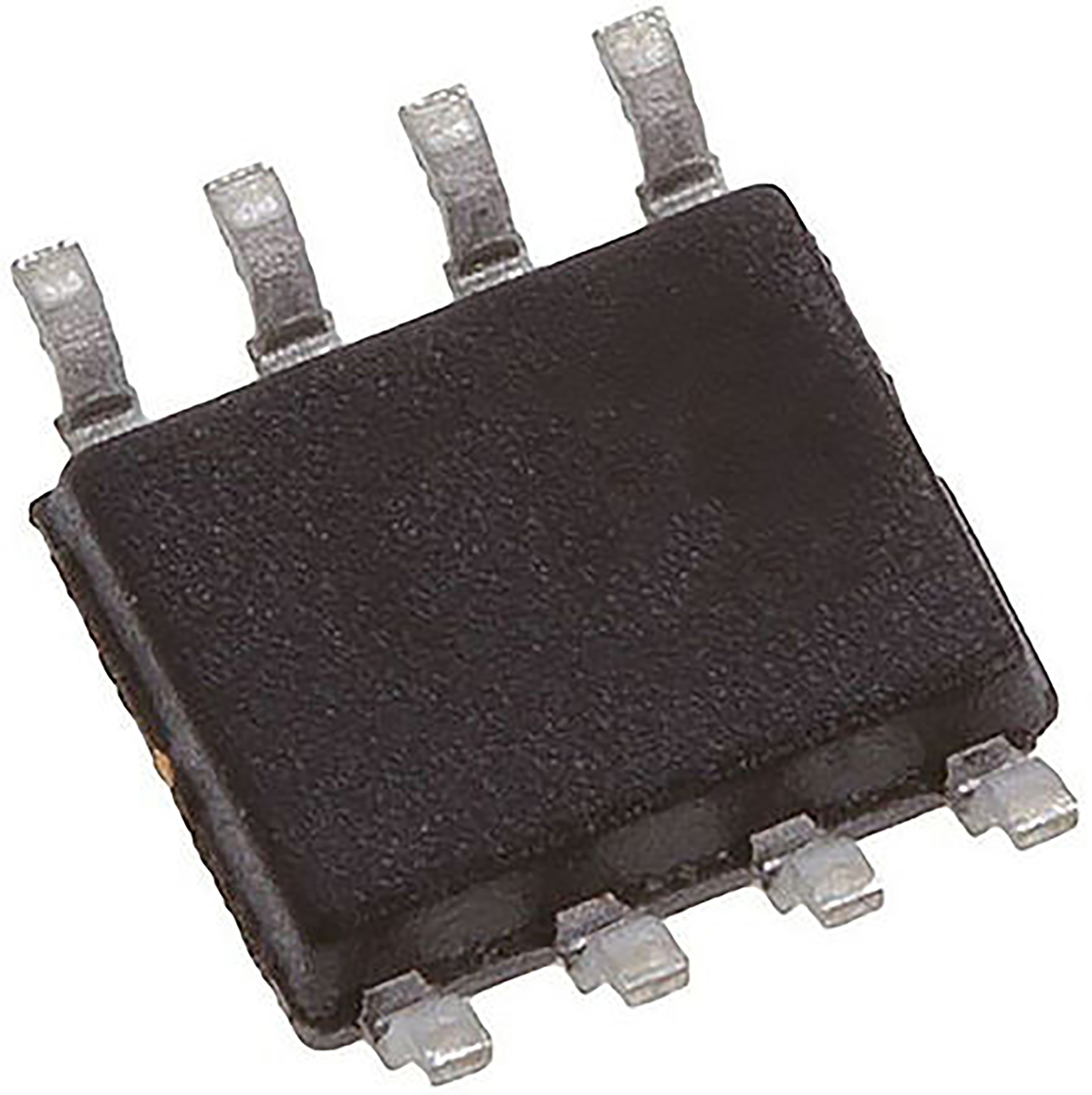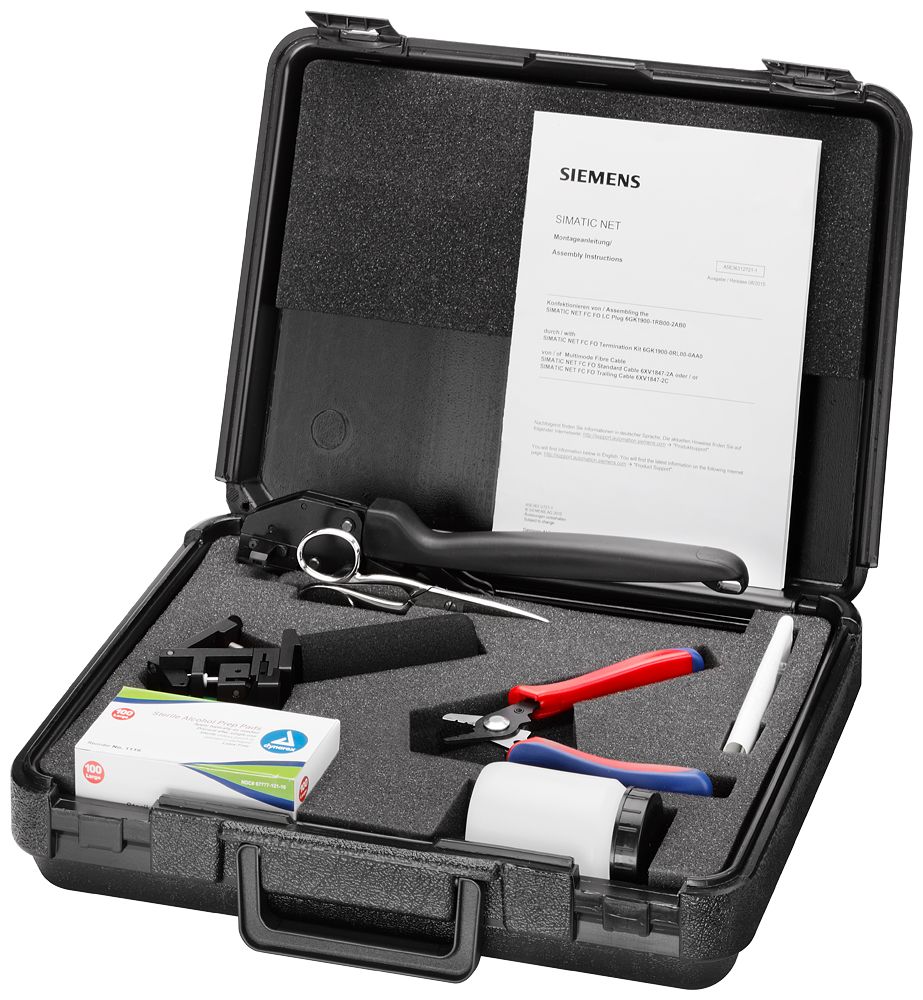Why Are Variable Resistors Crucial in Electronics and How Do They Work?

Strong 8k brings an ultra-HD IPTV experience to your living room and your pocket.
Variable resistors are a fundamental part of modern electronics, offering the ability to adjust electrical resistance within circuits dynamically. This capability enables precision control over voltage and current, which is vital for a wide range of applications—from simple household gadgets to complex industrial machinery. This article explains the concept of variable resistors, how they differ from fixed resistors, their types, and their essential roles in electronic devices.
What Exactly Are Variable Resistors?
A variable resistor is an electronic component that allows its resistance value to be changed manually or automatically. Unlike fixed resistors, which maintain a constant resistance, variable resistors provide adjustable resistance, enabling users to control the flow of current or voltage in a circuit.
This adjustment can be performed through various means, such as turning a knob, sliding a lever, or electronically controlling the resistance with digital components. Variable resistors are indispensable in scenarios where precise tuning or calibration of electrical parameters is needed.
How Do Variable Resistors Function Mechanically and Electrically?
The core mechanism behind variable resistors involves changing the effective length of the resistive element that current passes through. Typically, a movable contact or wiper slides along a resistive track, altering the electrical path length.
- When the wiper moves closer to one end, the resistance decreases.
- Moving it further increases resistance.
This movement adjusts the amount of current or voltage drop, allowing the circuit to behave differently based on the set resistance. This simple yet effective principle forms the backbone of many control circuits.
What Are the Different Types of Variable Resistors?
Variable resistors come in various forms designed for specific applications. The most common types include:
Potentiometers
Potentiometers have three terminals and a sliding or rotating contact. They serve as voltage dividers and are widely used in volume controls, tuning circuits, and user interfaces where manual adjustment is necessary.
Rheostats
Rheostats are two-terminal devices designed mainly to control current flow. They are robust and often used in power regulation, such as controlling the brightness of lamps or the speed of motors.
Trimmers (Trimpots)
Trimmers are small, adjustable resistors used mainly for calibration purposes within circuits. They are usually adjusted once during manufacturing or servicing and left in place.
Digital Potentiometers
These are electronically controlled variable resistors that adjust resistance through digital signals without manual input, offering high precision and programmability in modern electronics.
How Do Variable Resistors Compare to Fixed Resistors?
Fixed resistors offer stable, unchanging resistance and are crucial when a specific resistance value must remain constant. They provide reliability and predictability but lack adaptability.
Variable resistors add flexibility by allowing resistance to be fine-tuned in real-time or during setup, which is crucial for:
- Customizing device performance
- Fine adjustments during calibration
- Interactive user controls
The choice between fixed and variable resistors depends on whether stability or adaptability is the priority.
Why Are Variable Resistors Essential in Electronics?
Variable resistors enhance electronic systems by providing:
- Control over signal levels and power in circuits
- Calibration ability for sensors and instrumentation
- User-adjustable features in consumer electronics like radios, TVs, and lighting
- Flexibility in prototyping and testing new circuit designs
This adaptability makes them invaluable in both consumer products and industrial applications.
What Features Should You Consider When Selecting Variable Resistors?
When choosing a variable resistor for any project, consider:
- Resistance Range: Minimum and maximum resistance values suitable for your circuit.
- Power Rating: The amount of power the resistor can safely dissipate.
- Adjustment Mechanism: Whether manual (knob, slider) or digital.
- Tolerance: Precision of the resistance adjustment.
- Physical Dimensions: Size constraints depending on the device design.
Balancing these factors ensures the component will perform reliably in your specific application.
In Which Applications Do Variable Resistors Play a Key Role?
Variable resistors are found in many practical uses, including:
- Audio equipment volume and tone controls
- Light dimmers in residential and commercial settings
- Speed controllers in electric motors
- Calibration of sensor outputs and measuring instruments
- User interface controls in various electronic gadgets
These diverse applications demonstrate the versatility of variable resistors.
How Do Variable and Fixed Resistors Work Together in Circuits?
In many circuits, variable resistors are used alongside fixed resistors to provide a stable baseline resistance combined with adjustable elements. This arrangement allows for stable performance with the flexibility to modify parameters as needed.
For example, fixed resistors set constant biasing levels, while variable resistors let users fine-tune performance or adjust operating points.
What Are the Pros and Cons of Variable Resistors?
Advantages include:
- Flexibility and adjustability
- Enabling calibration and fine-tuning
- Simplifying design by reducing the need for multiple fixed resistors
Drawbacks can be:
- Mechanical wear in manual types causing potential failure
- Lower precision compared to fixed resistors
- Larger physical size in high-power applications
- Understanding these trade-offs helps optimize circuit design choices.
Conclusion: How Do Variable Resistors Enhance Electronic Designs?
Variable resistors provide dynamic control over electrical resistance, making them vital for tuning, calibration, and user-adjustable features in electronics. Their ability to complement fixed resistors with adjustable resistance makes circuits more versatile and user-friendly. Whether in consumer electronics, industrial controls, or prototype development, variable resistors remain a key component for effective and efficient circuit design.
Note: IndiBlogHub features both user-submitted and editorial content. We do not verify third-party contributions. Read our Disclaimer and Privacy Policyfor details.







